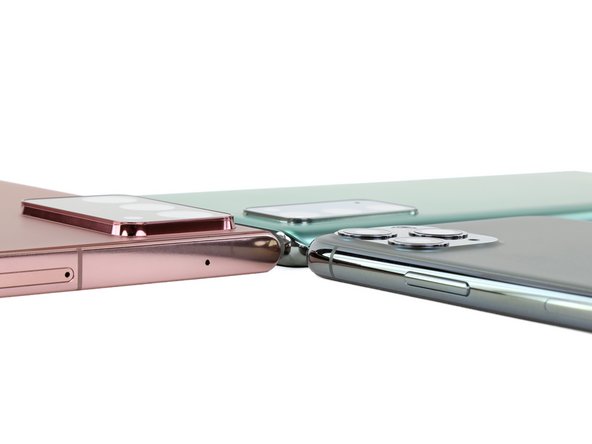crwdns2935425:03crwdne2935425:0
crwdns2931653:03crwdne2931653:0




-
First things first, we use our S Pens to jot down a few notes about camera bumps. If you like your glass to have glass sticking out of it, the Galaxy Note 20 Ultra is the phone for you.
-
That sprawling triple-lens bump in the iPhone 11 Pro Max now seems like the height of restraint. We are officially sorry for all our complaints.
-
Google may be the smartphone maker to most convincingly buck this trend, by doing more with less—replacing physical hardware with bleeding-edge software whizbangery. Samsung's approach here is pretty cool, but we'll be keeping our peepers open for the Pixel 5.
crwdns2944171:0crwdnd2944171:0crwdnd2944171:0crwdnd2944171:0crwdne2944171:0